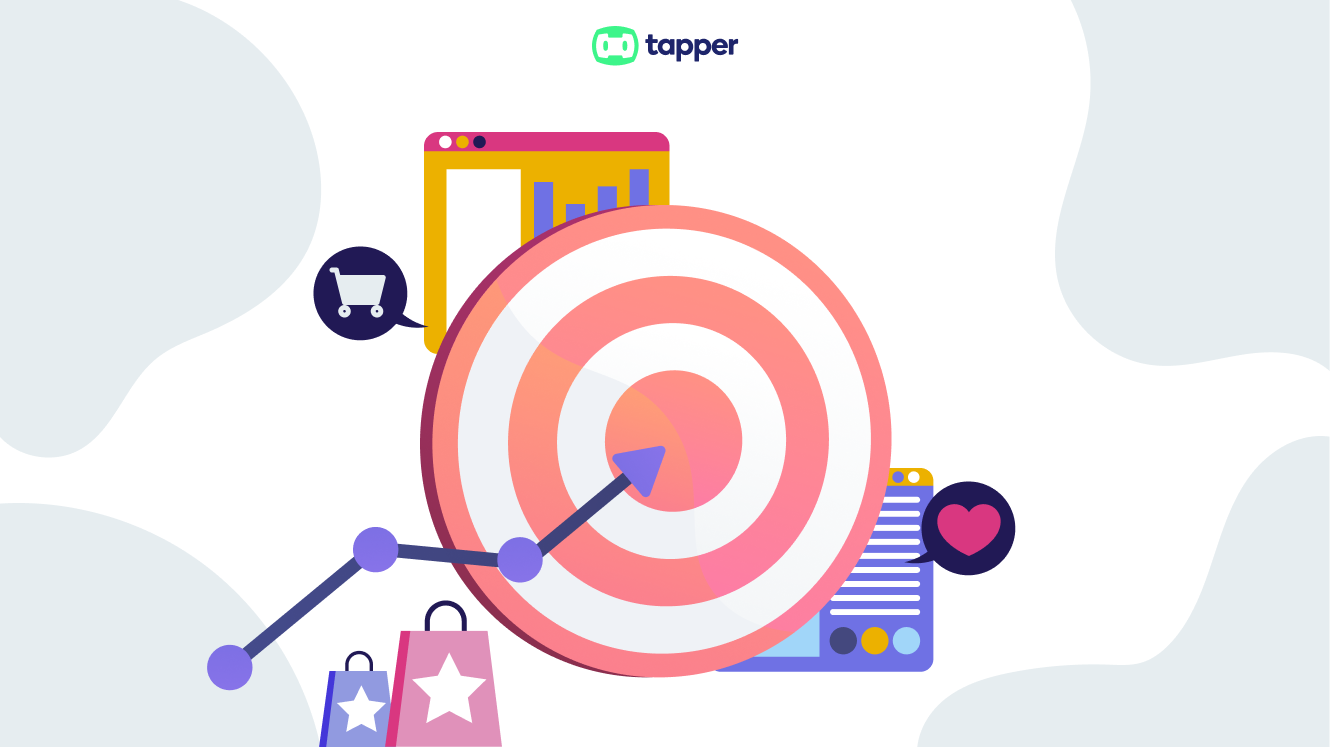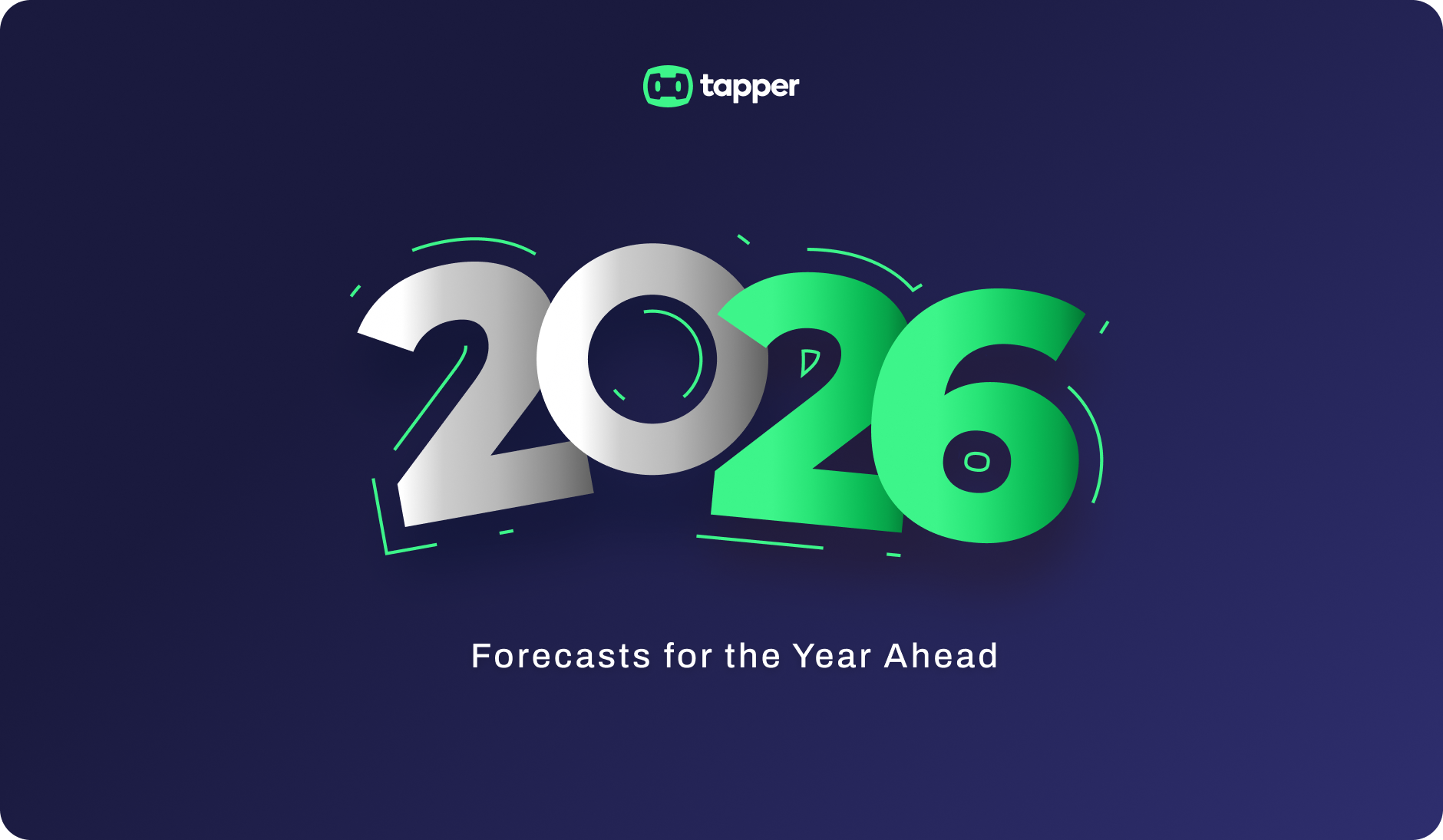Marketing Metrics: A Simple Guide for Agency Marketers

In the dynamic realm of digital marketing, data reigns supreme. The ability to harness precise and relevant data has empowered marketing teams to shift from intuition-based strategies to data-driven decision-making. This transition offers a multitude of advantages, including the capacity to make informed decisions, amplify campaign results, enhance conversion rates, achieve operational efficiency, and provide key stakeholders with detailed marketing performance reports.
If you find yourself in a sea of metrics, unsure of which ones to navigate, fear not! In this blog post, we're unraveling ten essential marketing metrics that every digital marketer should have on their radar.
1. Impressions: Beyond the Glance
Impressions quantify the number of times your campaign's content is displayed on a website or app to potential or existing customers. While impressions give you a sense of how many eyes have encountered your marketing efforts, it's essential to remember that being "shown" doesn't guarantee being "seen" by an actual human. With bots contributing nearly 40 percent of website traffic, the distinction between human and bot impressions becomes crucial.
2. Clicks: The Basics of Interaction
Clicks represent the fundamental measure of user interaction. It simply counts how many people click on an ad to visit your website or webshop. Whether it's Google Search Ads, Display ads, email links, or social advertisements, tracking clicks is especially vital if you're paying per click for a campaign.
3. Click Through Rate (CTR): Gauge of Engagement
CTR is a metric that reflects engagement and quality. A higher CTR typically indicates that your content is resonating with your audience. Calculated by tracking clicks in proportion to impressions, this metric is readily available on most Analytics Dashboards. It provides valuable insights into the effectiveness of your campaign's copywriting, visual impact, and placement.
4. Conversions: Tracking the Desired Action
Beyond capturing attention, it's crucial to understand how many prospects take the desired action and convert. Conversions, in digital marketing, quantify the number of people engaging in activities defined by you as the finish line. This could range from signing up for a newsletter to completing an online purchase triggered by a paid ad.
5. Conversion Rate: Efficiency Measure
Conversion rate is an efficiency metric that expresses the number of conversions as a percentage of the clicks received. Studying this metric helps evaluate the effectiveness of your Call To Action (CTA) and offer. It also highlights any discrepancies in the customer journey between your landing page and ad creatives.
6. Cost Per Conversion: Unveiling Efficiency
The cost per conversion is a critical metric that averages your conversion costs. Defining the right conversion action is crucial before using this metric. Calculated as total spend divided by the total number of conversions, it provides insights into campaign efficiency. Armed with this knowledge, you can optimize underperforming campaigns by experimenting with copy, visuals, CTA placements, and landing page optimization.
7. Search Impression Share: Visibility on Display
Search Impression Share gauges the frequency at which your campaign appears as a percentage. Particularly relevant for Search Campaigns targeting specific keywords, a high Search Impression Share is desired for branded searches. However, for generic searches, a high Search Impression Share is meaningful only if the Return on Ad Spend (ROAS) is satisfactory.
8. Customer Acquisition Cost (CAC): Price of Conversion
Especially crucial for SaaS businesses, CAC measures the average cost your business incurs to convert a user into a paying customer. Calculated as sales and marketing cost divided by the number of customers acquired, CAC varies based on sales potential and business strategy. It helps assess whether the cost is sustainable based on the revenue generated per customer.
9. Return on Ad Spend (ROAS): The Bottom Line Impact
ROAS evaluates the effectiveness of advertising efforts in terms of revenue generated. Calculated as revenue divided by advertising spend, a ROAS greater than one suggests that your marketing campaigns are yielding more revenue than the investment. While ROAS is insightful, it's essential to recognize its limitations, especially in representing the impact of varying sales cycle lengths.
10. Customer Lifetime Value (CLV): The Long-Term Perspective
CLV measures the total dollar value a paying customer can bring throughout their entire life cycle with a brand. By understanding CLV, you can focus on more lucrative customer segments in the long run. The calculation involves the average customer value multiplied by the average customer lifespan.
Disclaimer: Brand Metrics vs. Performance Marketing Metrics
It's crucial to clarify the focus when tracking performance marketing metrics. These metrics may not align with the goals of brand marketing. Different metrics are relevant for different purposes, and we'll delve into that in a future blog post.
No One-Size-Fits-All Metric Checklist
Contrary to popular belief, there's no universal checklist of must-track metrics for digital marketing performance. With various platforms and campaigns—Pay-per-click (PPC) advertising, Social media marketing, Email marketing, Ad retargeting—key metrics will differ. To effectively measure performance, define marketing goals, and build a holistic digital marketing strategy that involves multiple channels. Determine the relevant KPIs for each campaign based on its unique objectives.
Working Smarter with Digital Marketing Data
Demonstrating results from digital marketing efforts requires navigating through a vast sea of metrics. Siloed reporting can lead to discrepancies, making it crucial to adopt a holistic approach. Tools like Funnel come to the rescue, providing a centralized platform to import and make sense of data from various sources. With its sophisticated yet user-friendly interface, Funnel automates complex calculations, offering peace of mind in the face of overwhelming data.
In conclusion, embrace these metrics as guiding stars in your digital marketing journey. With a clear understanding of these essentials, you're well-equipped to steer your campaigns toward success. Let data be your compass, and may your marketing endeavors be prosperous!

Get a free Tapper trial
Run a 30-day Tapper trial to set your baseline CPA, block invalid traffic in real time, and receive a final report comparing your CPA before and after protection, showing exactly how much budget you recovered.










